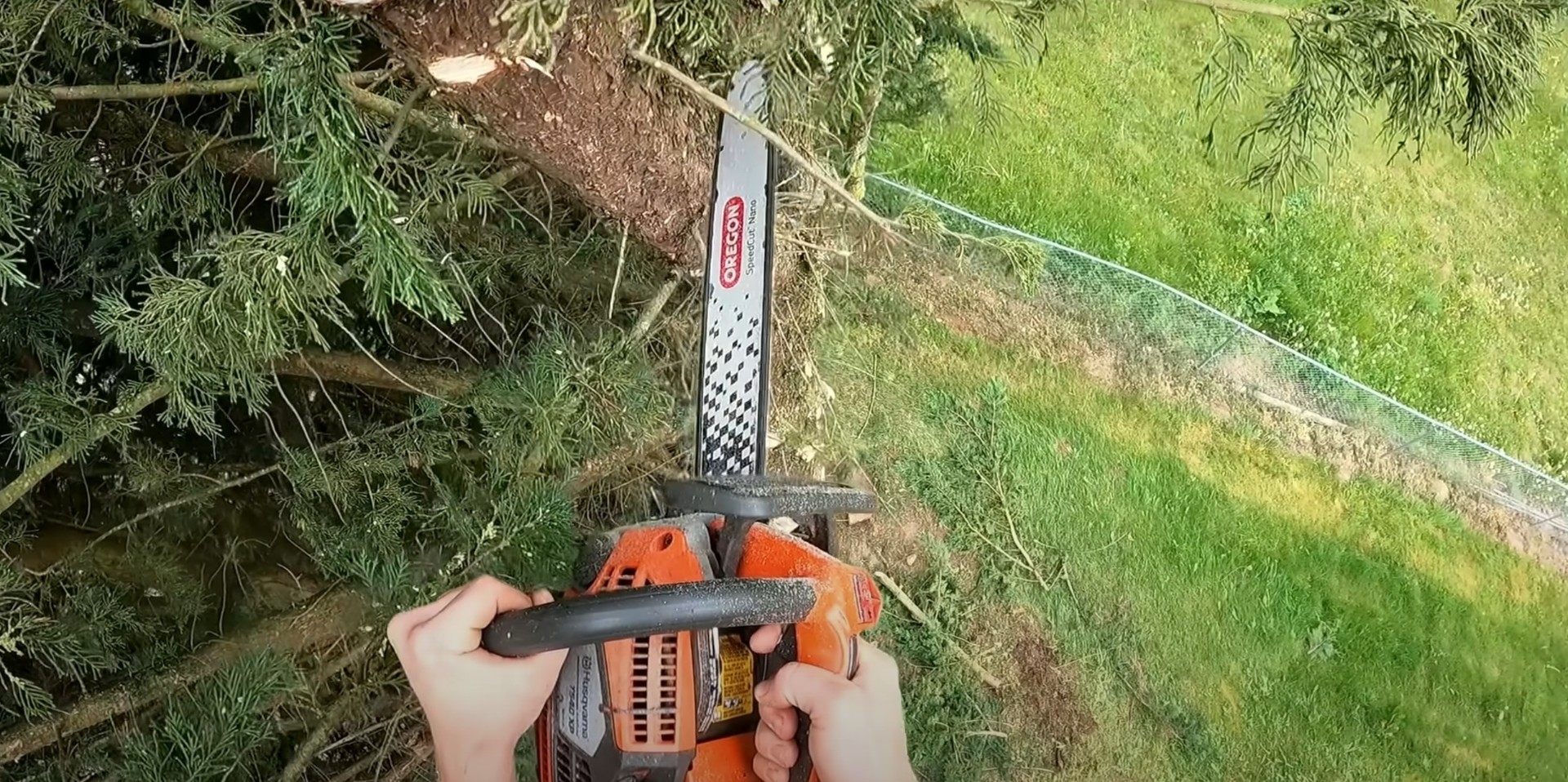Tree Health & Maintenance Programs
Comprehensive tree care services in Lombard, IL. Proactive health management, disease prevention, and maintenance programs that keep your trees thriving for decades.
Proactive Tree Care Management
Professional tree health management prevents costly problems through early detection and proactive treatment of diseases, pests, and environmental stresses. Did you know that healthy trees can increase property values by up to 15% while providing energy savings of $200-500 annually through strategic shade and windbreak benefits?
Mature trees represent significant investments that can appreciate over decades with proper care. A single mature oak tree provides environmental benefits worth over $500 annually through air purification, stormwater management, and carbon sequestration. Professional maintenance protects these valuable assets while maximizing their benefits.

Comprehensive Health Assessment
Professional tree health evaluation identifies problems before they become costly emergencies. Our certified arborists examine root systems, trunk integrity, crown structure, and foliage condition to develop comprehensive treatment plans that address both immediate needs and long-term health goals.
Disease diagnosis requires specialized knowledge of fungal pathogens, bacterial infections, and viral diseases that affect different tree species. Early identification enables targeted treatment that often saves trees that would otherwise require removal, protecting your landscape investment and maintaining property aesthetics.
Pest identification and monitoring services detect insect problems before they cause significant damage. Many tree pests have specific seasonal activity patterns that require precise timing for effective treatment, making professional monitoring essential for successful pest management programs.
Environmental stress evaluation identifies factors like soil compaction, drainage problems, or construction damage that compromise tree health over time. Addressing these underlying issues often provides more long-term benefit than treating symptoms alone.
Disease Prevention and Treatment
Fungal disease management addresses common problems like anthracnose, powdery mildew, and root rot that can severely compromise tree health. Preventive treatments applied at optimal timing often prevent infection more effectively than curative treatments applied after symptoms appear.
Bacterial disease treatment requires understanding of infection pathways and host susceptibility factors. Diseases like fire blight and bacterial leaf scorch can spread rapidly through tree populations, making early intervention critical for protecting valuable specimens.
Soil-borne pathogen management addresses root diseases that often remain undetected until trees show severe decline symptoms. These problems frequently require soil treatment and drainage improvements in addition to direct tree treatment for successful resolution.
Systemic treatments provide internal protection against various diseases and pests through trunk injection or soil application methods. These treatments offer extended protection periods and targeted delivery that minimizes environmental impact while maximizing effectiveness.
Nutritional Management
Soil testing and analysis provides the foundation for effective fertilization programs by identifying nutrient deficiencies, pH imbalances, and soil composition problems that affect tree health. Professional soil analysis guides treatment decisions and prevents over-fertilization that can harm trees and contaminate groundwater.
Deep root fertilization delivers nutrients directly to tree root zones through specialized injection equipment. This method ensures efficient nutrient uptake while avoiding surface application problems like nutrient runoff and competition from turf grass.
Organic matter enhancement improves soil structure and supports beneficial microbial populations that facilitate nutrient uptake and disease resistance. Compost, mulch, and other organic amendments provide long-term soil improvement that benefits tree health for years.
Micronutrient supplementation addresses deficiencies in iron, manganese, and other essential elements that are often overlooked in basic fertilization programs. These elements are critical for chlorophyll production, enzyme function, and overall tree vitality.
Integrated Pest Management
Biological control methods utilize beneficial insects, fungi, and bacteria to manage pest populations naturally. These approaches provide long-term pest suppression with minimal environmental impact, often proving more effective than chemical treatments alone.
Cultural practices like proper tree trimming and pruning reduce pest habitat and improve tree resistance to insect and disease problems. Removing dead wood, improving air circulation, and managing tree stress significantly reduces pest problems.
Targeted chemical treatments provide effective control when biological and cultural methods are insufficient. Professional application ensures proper timing, coverage, and safety while minimizing impact on beneficial insects and environmental resources.
Monitoring and threshold management determines when treatment is necessary and when natural predator populations can control pest numbers effectively. This approach prevents unnecessary treatments while ensuring intervention occurs before significant damage develops.
Seasonal Maintenance Programs
Spring activation services include dormant oil applications, early pest monitoring, and assessment of winter damage that affects growing season health. Early season interventions often prevent problems that would require more intensive treatment later in the year.
Summer stress management addresses drought, heat, and pest pressures that peak during growing season months. Irrigation management, mulching, and targeted treatments help trees survive extreme weather while maintaining vigorous growth.
Fall preparation includes fertilization, disease prevention treatments, and structural evaluations that prepare trees for winter stress. Proper fall care often determines how well trees survive winter conditions and emerge healthy in spring.
Winter protection services address ice damage, salt exposure, and other cold weather stresses that can compromise tree health. Preventive measures like anti-desiccant sprays and physical protection often prevent damage that would require extensive corrective work.
Invest in Your Trees' Long-Term Health
Proactive care costs less than emergency treatment and keeps your landscape investment growing in value. Start your maintenance program today.
